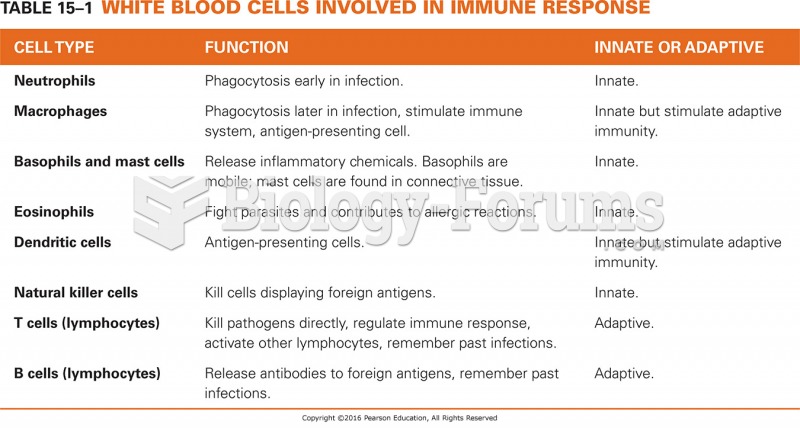None of the parties involved in the dispute wants to reach a win-win agreement. They are each highly focused on their demands, which they would like to achieve, otherwise known as their ________ points.
A) focal
B) distribution
C) resistance
D) tolerance
E) target
Question 2
Rhonda May was transferred to London three months back to oversee the opening of a new branch of the retail chain she worked for.
Rhonda, who had never been to London, adjusted well with her British colleagues but received quizzical looks from many of her British colleagues every morning in the initial weeks in London. After asking one of her subordinates to explain what caused her colleagues to look at her in that strange way, she discovered the reason. When her British colleagues greeted her by saying, How are you today? every morning, she typically replied by saying I'm good, while Britishers typically say, I'm well in response to this greeting. This is because I'm good can have multiple meanings like I'm not a bad person or I'm suitable, while I'm well only gives a sense of mental and physical well-being. Rhonda then realized how subtly cultural barriers can operate. From the information provided in the scenario, this is an example of barriers caused by ________.
A) tone differences
B) semantics and connotations
C) intolerance toward other cultures
D) situational and physical cues
E) power distance







